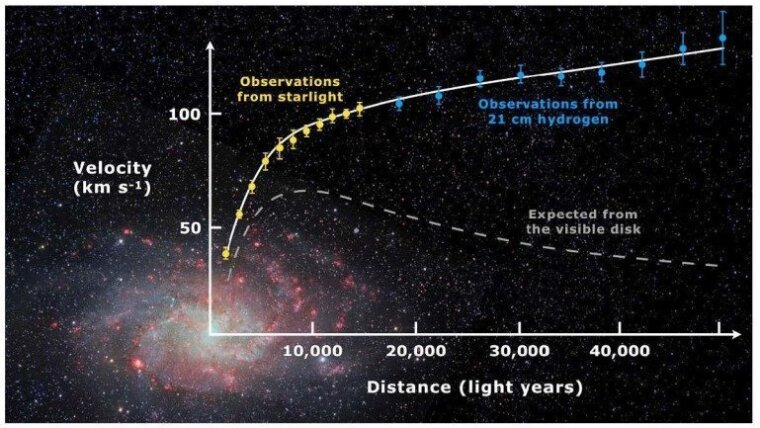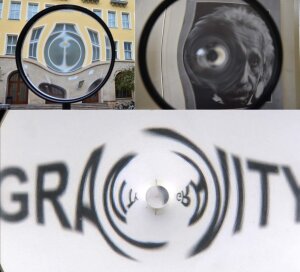
Theme
upper left: our faculty building, upper right: a portrait of Einstein, bottom: GRAVITY
Image: oben links: Uwe Alberti; oben rechts: Karl-Heinz Lotze; unten: S. SimionatoAstronomy, it is well known, is one of the subjects that fascinate students most. Using this power to motivate students and awaken their interest in science is the basic idea behind this PhD project. The aim is to develop teaching materials that facilitate the introduction of topics such as dark matter and gravitational lensing into the classroom, including experimental aspects whenever possible.
These cosmology themes, addressed in a way suitable for secondary school and undergraduate students, are extremely current and engaging. In addition, they are very effective in practicing and deepening particular mathematics and physics topics from the school curriculum, applying them to real astrophysical problems. Such applications have been shown to promote long-term knowledge and stimulate the development of important skills.
Moreover, the chosen topics naturally stimulate curiosity because they involve still unsolved problems and astonishing optical illusions.
Among the various outcomes, using the educational tools produced, students will be able to retrace the steps that led to suppose the existence of dark matter or recreate in the classroom, thanks to special plexiglass lenses, images of distant sources incredibly distorted by gravity.
